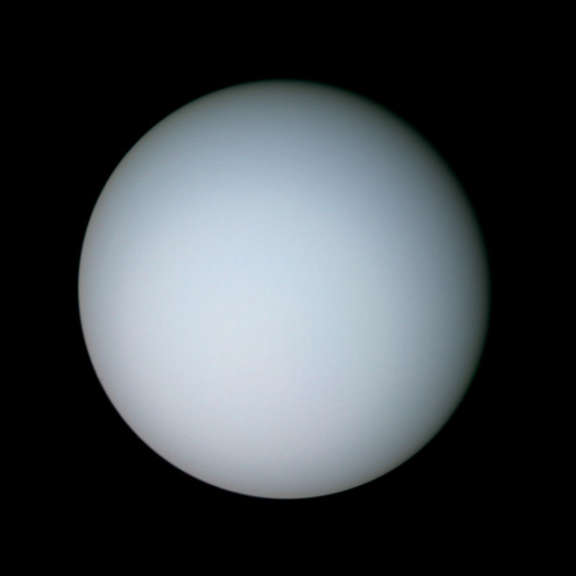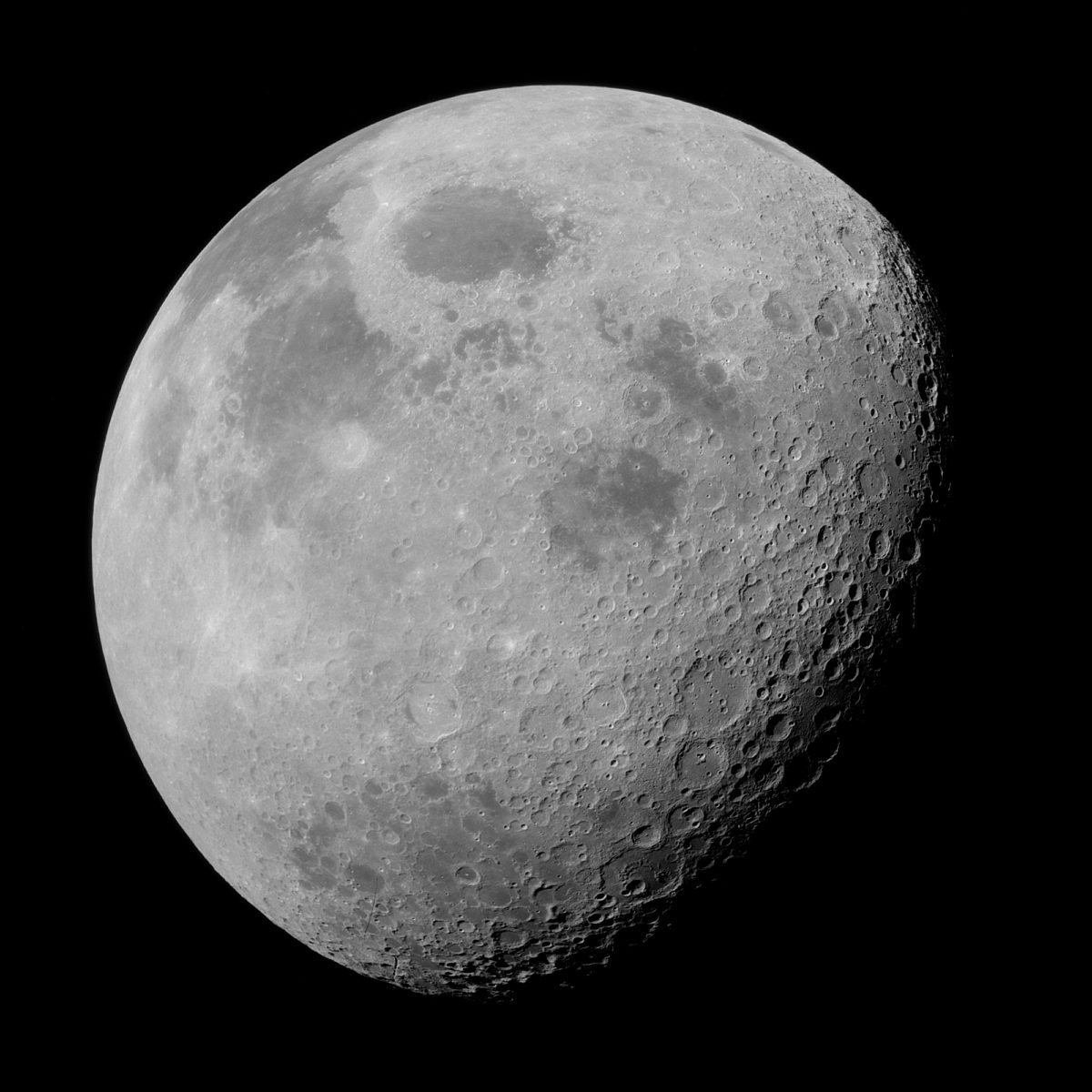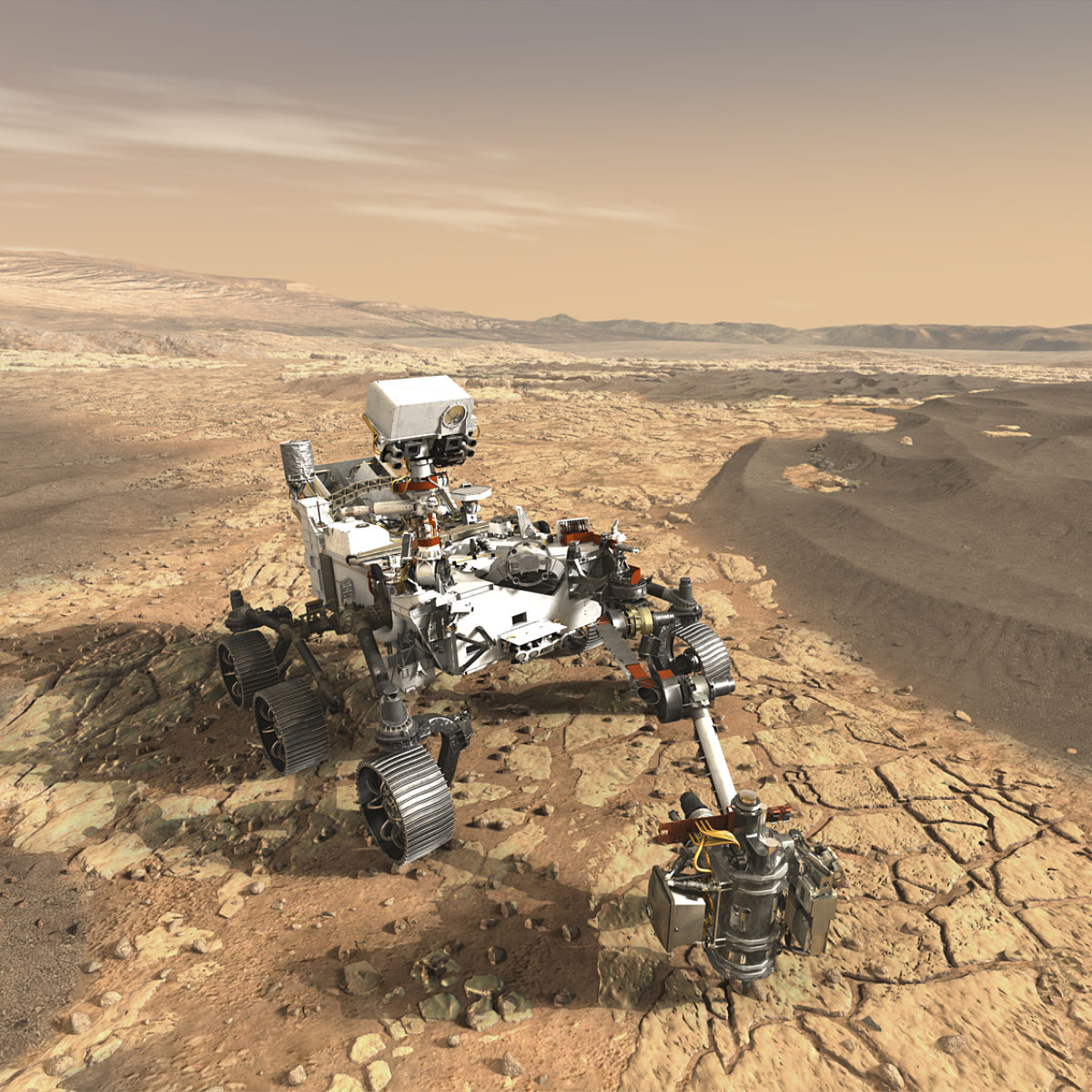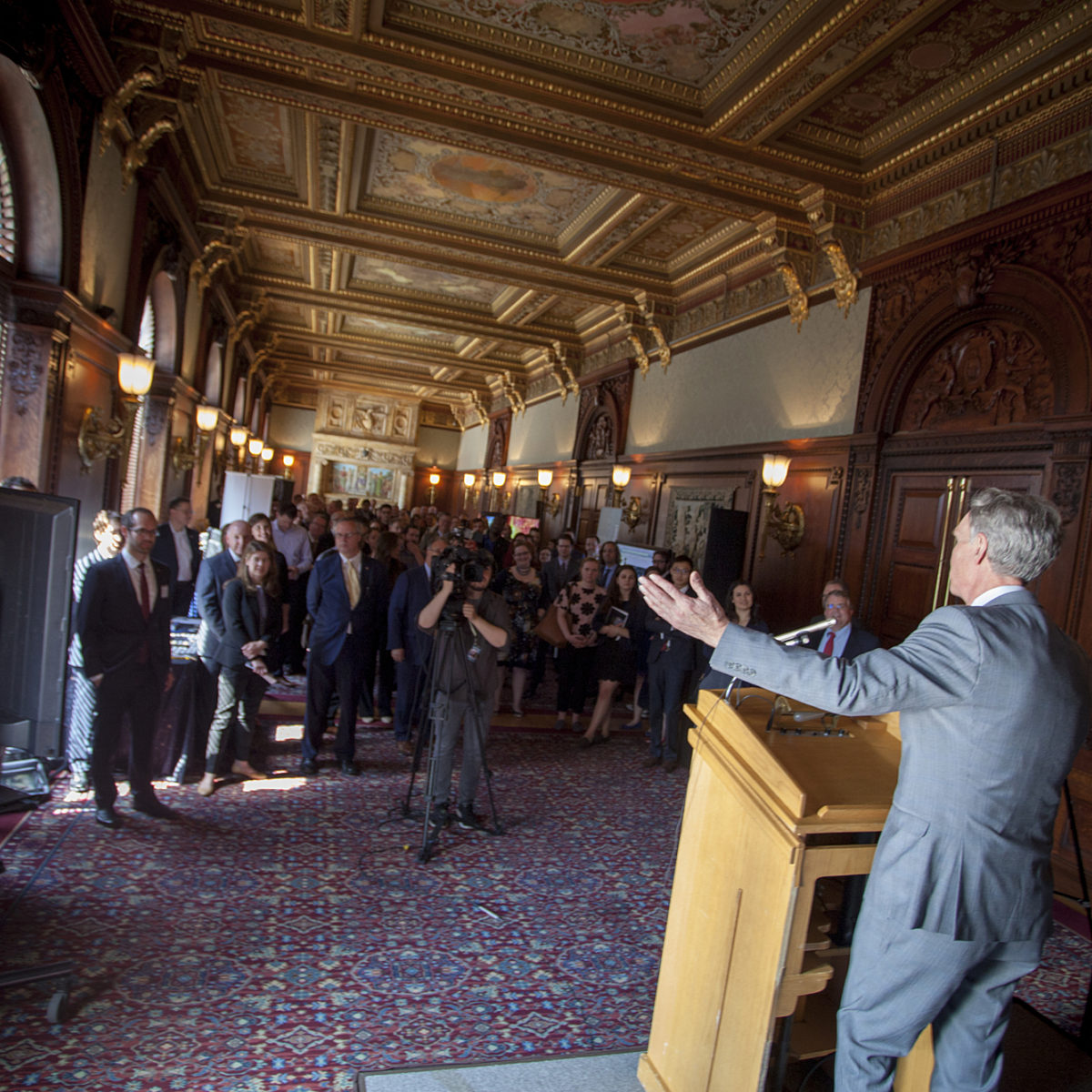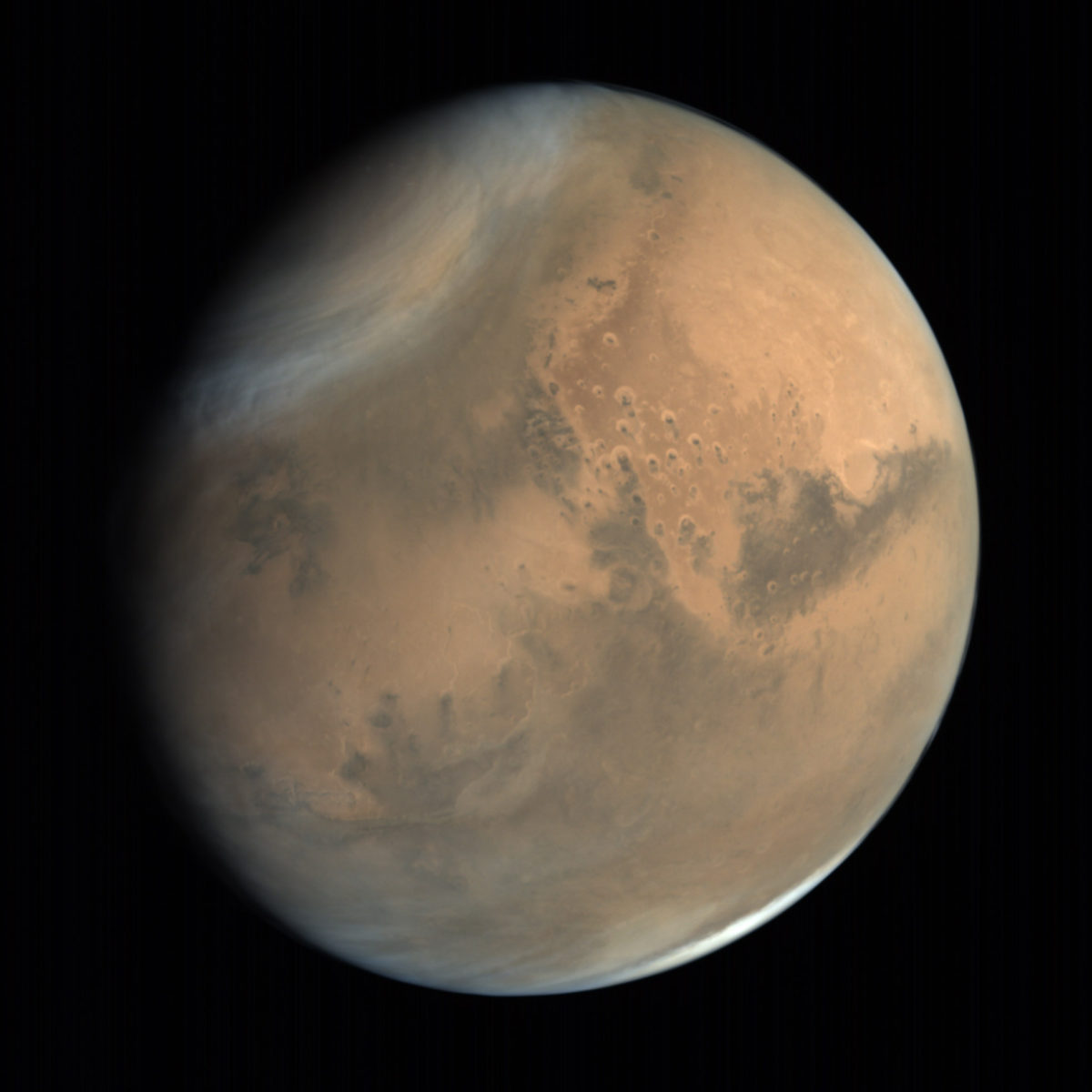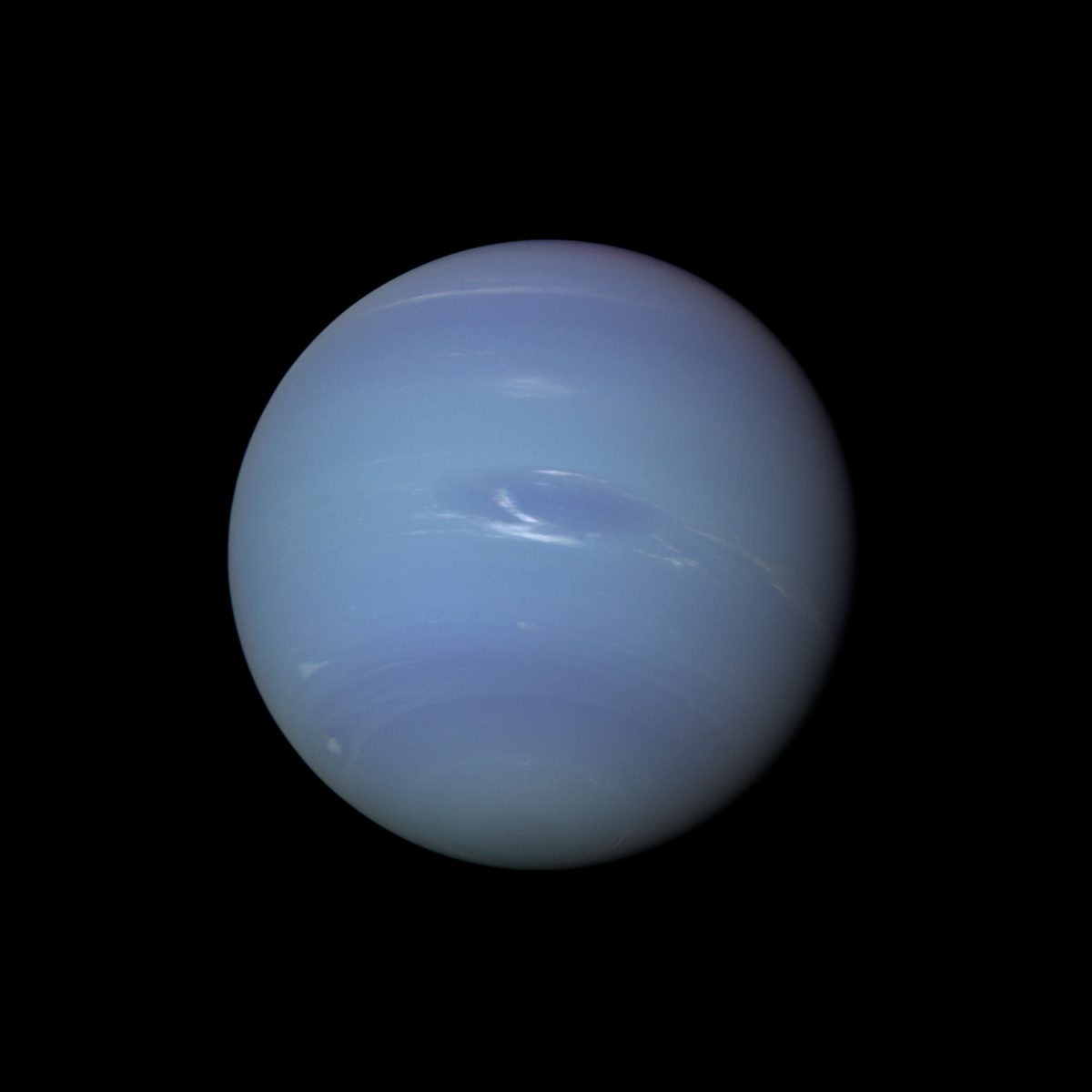All
All
Stories, updates, insights, and original analysis from The Planetary Society.
The Space Advocate Newsletter, April 2022
The Planetary Science Decadal Survey: after the red planet, an ice giant.
Planetary Science Decadal Survey: After the Red Planet, an Ice Giant
After completing Mars Sample Return, Uranus should be the target of NASA's next major planetary mission, according to a major new report by the National Academies of Sciences.
Your Guide to the 2020 Astrophysics Decadal Survey
A massive space telescope to search for signs of life on hundreds of Earth-like exoplanets is the official recommendation of the U.S. astronomy community.
Is the Moon a Stepping Stone or a Cornerstone for Mars?
New legislation proposed in the House of Representatives would radically shift NASA's human spaceflight efforts away from the Moon and back to Mars.
Hearing Recap: Keeping Our Sights on Mars
Highlights from the hearing, 'Keeping our Sights on Mars: A Review of NASA's Deep Space Plans' held on May 8th in the House of Representatives.
Hearing Recap: NASA’s FY 2020 Budget Request
On March 27, 2019, the House Appropriations Subcommittee on Commerce, Justice, Science and Related Agencies held a hearing titled, “NASA’s FY 2020 Budget Request.”
After the Success of InSight, It’s Time for NASA to Commit to Mars Sample Return
In the brief period of public and political goodwill generated by NASA's latest success at the Red Planet, now is the time to secure a commitment for the next steps at Mars: sample return.
What the 2018 midterms mean for NASA and planetary science
The 2018 midterms swept away a number of NASA advocates in Congress, though looming budgetary battles may end up having more direct impacts on space than any one elected official.
National Academies: NASA needs a plan for Mars
Though progress is being made on Mars Sample Return, a new report from the National Academies recommends NASA have a long-term plan for robotic Mars exploration, and work to ensure communications infrastructure is maintained at the Red Planet. These recommendations largely align with those made by The Planetary Society in a report released in 2017.
It's midterm evaluation time for NASA's planetary program
A new report assesses how NASA’s Planetary Science Division has implemented (or not) the top recommendations of the scientific community for the exploration of the solar system.
An 'Exploration Exhibition' to launch the new Planetary Science Caucus
We helped launch the new Planetary Science Congressional Caucus in Washington, D.C., with an exploration exhibition to highlight the range of academic, scientific, and industry partners engaging in planetary exploration. Planetary Society CEO Bill Nye and its Board of Directors were there to welcome members of Congress and hundreds of staff and policy experts.
How the Falcon Heavy could revolutionize exploration of the ocean worlds
SpaceX's Falcon Heavy is not just for big payloads, it can also throw light things into space very fast. And that has significant implications for the exploration of distant destinations in our outer solar system—particularly the ocean moons of the giant planets.
A closer look at China's audacious Mars sample return plans
China is making steady progress on a proposed mission to bring a piece of Mars back to Earth in the late 2020s.
Meet VOX, a proposed mission to uncover the secrets of Venus
Van Kane brings us newly released details of the Venus Origins eXplorer (VOX), one of NASA's 12 New Frontiers mission proposals.
Here's what we know about the 12 proposals for NASA's next New Frontiers mission
NASA officials are in the process of selecting the agency’s next planetary science mission from a field of 12 competitors.
HERA team completes 45-day mission to explore asteroid, from Texas
What's it like spending 45 days confined to a habitat at Johnson Space Center simulating a crewed NASA mission to an asteroid? Tim Evans sends us this report.
How we would explore Uranus or Neptune
One fact dominates the planning for any mission to Uranus or Neptune: They lie far from the sun. A newly released NASA report looks at how we can explore these icy giants.
This giant, flower-shaped starshade creates an artificial eclipse to see distant exoplanets
Starshade is a proposed flower-shaped spacecraft that can create an artificial eclipse, allowing space telescopes to spot planets orbiting distant stars.
Announcing a New Paper on NASA's Mars Exploration Program
NASA’s robotic Mars Exploration Program is on a troubling path of decline—and decisions must be made now in order to stop it. A new report by the Society explains why.
Planetary Science Just Got Its Best Budget in Years
The President signed the Consolidated Appropriations Act of 2017, funding the U.S. government for the remainder of the fiscal year. NASA got a boost to $19.65 billion, and its Planetary Science Division saw a budget increase to $1.846 billion—its best budget in more than ten years.


 Explore Worlds
Explore Worlds Find Life
Find Life Defend Earth
Defend Earth


 Sun
Sun Mercury
Mercury Venus
Venus Earth
Earth Mars
Mars Jupiter
Jupiter Saturn
Saturn Uranus
Uranus Neptune
Neptune Small Bodies
Small Bodies
